Anatoly Raftopullo. From tractor drivers to tank aces
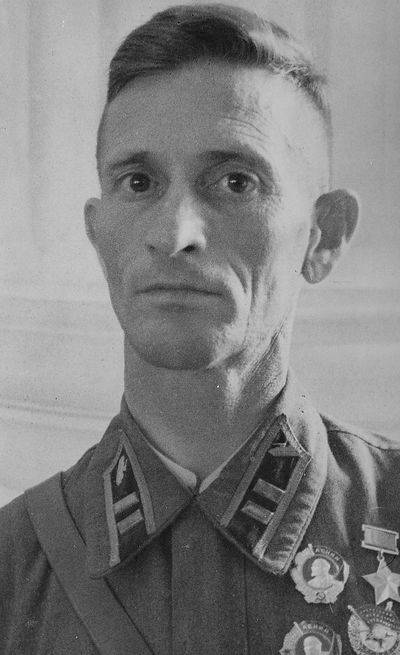
Soviet tank aces. Anatoly Raftopullo is one of the recognized masters of tank combat and a Hero of the Soviet Union. Unlike many of his comrades-in-arms, by the time the war began he was a regular soldier who had served in the ranks of the Red Army for more than 10 years and had real combat experience gained on Lake Hassan and in the war against Finland. Anatoly Raftopullo was especially distinguished during the battles near Moscow in 1941, where he fought with the enemy as part of the famous Katukov brigade.
Life of Anatoly Raftopullo before the start of army service
Anatoly Anatolyevich Raftopullo was born in the Polish city of Helme (Holm), which in 1907 was part of the Russian Empire, by nationality - Russian, this is also written in award documents, while the future tanker was of Greek origin. This rare surname Anatoly Anatolyevich glorified for many years.
The future tank officer was born on April 5, 1907. Already in 1914, he moved with his parents closer to the Black Sea, the family moved to the Crimea, in the Yevpatoria district. Little is known about his parents, but by the will of fate, the city dweller was in the village and managed to work as a tractor driver. At the same time, the hero’s life was thorny, the civil war that began in Russia after two consecutive revolutions went through a steam rink over the family of our hero, as well as over his childhood. During the years of the Civil War, the boy was left an orphan and even a homeless child.
Remembering these years, Raftopullo wrote about life at the quays of the Nikolaev port, where, together with his friend, he liked to watch the ships passing by. Then Anatoly's dream was to become a naval officer, but he did not get into the Navy, including due to his small growth, which, on the contrary, was a very good advantage in the tank. Remembering his battalion commander and comrade, Mikhail Katukov later noted: “If you look at him, it seems, we will blow away the wind, the sprout is low, and already Hero of the Soviet Union.”
Since 1924, Anatoly worked in the Askania-Nova biosphere reserve on the territory of the Kherson province, by that time he also managed to finish his studies at a rural school. The reserve, founded in 1828 and famous at the beginning of the XNUMXth century for breeding purebred horses of Przhevalsky, survived the civil war, but was ravaged and burned to the ground during the Nazi occupation, after the war it had to be rebuilt.
In 1926, Anatoly Raftopullo graduated from tractor courses and went to work in one of the state farms of Yevpatoriya district. Here he worked as a tractor driver until 1929, after which he linked his fate with the armed forces. It is worth noting that Anatoly, like many Soviet citizens, has come from driving a tractor to driving a tank. Actually, the very phrase "Tractor, lads, this is a tank!" Sounded even in the classic Soviet comedy "Tractors", which was released in 1939.
Prewar years and first trials
Already in the film "Tractor Drivers", the characters are studying a book describing the events near Lake Hassan. Our hero was a participant in these battles with the Japanese. Starting military service in 1929 in the 9th Cavalry Division, Anatoly quickly built his military career, which predictably led him to the tanks. People with experience in technology have always been needed in this type of troops. From 1930 to 1931, Anatoly Raftopullo went from assistant platoon commander to foreman of the squadron in the 54th cavalry regiment of the 9th cavalry division, and from May 1932 he headed the armored squadron in the same division. From April 1934 to September 1935 he served as commander of a tank platoon.
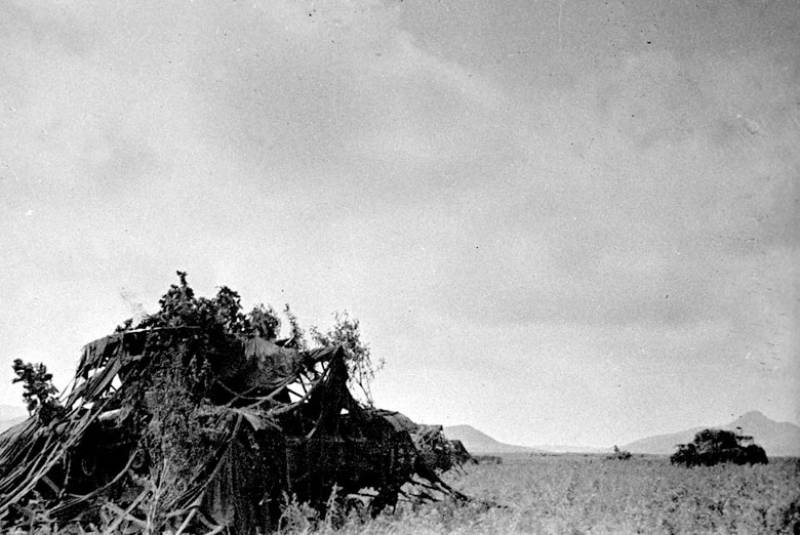
In 1937, Anatoly Anatolyevich successfully completed his studies at the Ulyanovsk armored school, after which he was sent for further service in the Far East. Here the officer served as part of the 23rd mechanized brigade, in which from December 1937 he commanded an reconnaissance company. In 1938, he took part in battles with the Japanese at Lake Hassan. For participating in these battles, Anatoly Raftopullo was awarded the Order of the Red Banner.
Despite participating in the battles, in the same 1938 he was unreasonably fired from the ranks of the Red Army during large-scale purges of the armed forces. An officer was fired from the army on the basis of a decision of the Main Military Council on the dismissal of officers of certain nationalities from the ranks of the Red Army. Raftopullo was reasonably considered a Greek, and was also accused of concealing a "true" nationality. A former participant in the battles with the Japanese managed to return to the state farm in the Kherson region, but already in April 1939 he recovered in the ranks of the Red Army and headed a tank company in the 36th tank brigade, which was stationed in Western Ukraine.
In 1939-1940, together with parts of the Red Army, the war was fierce with Finland. For participation in the battles he was again awarded the second Order of the Red Banner. In April 1940, after the end of hostilities, Anatoly Raftopullo returned to the Kiev Special Military District, where he led the battalion of medium tanks as part of the 30th Tank Regiment of the 15th Panzer Division. As part of his battalion, he took part in a six-day operation to join Northern Bukovina and Bessarabia in the summer of 1940.
On the battlefields of World War II
By the time the Great Patriotic War began, Captain Anatoly Raftopullo was one of the few officers who had not only long service in the ranks of the Red Army, but also real combat experience of two pre-war conflicts. The knowledge, skills and practical experience gained before the German attack on the USSR definitely helped Raftopullo survive the hardest 1941 year for the army and the country.
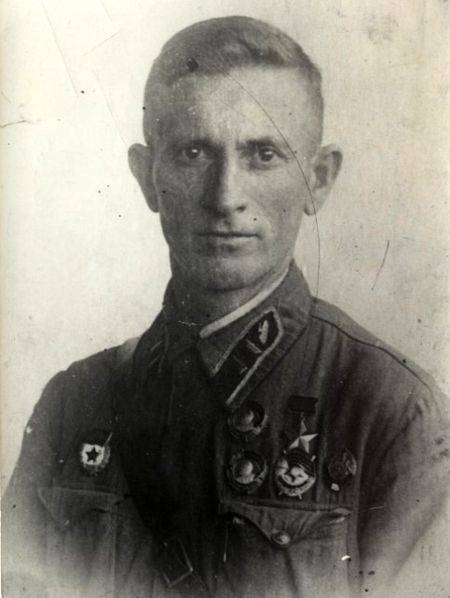
By the time the war began, the 15th Panzer Division was part of the 16th Mechanized Corps being formed. The 30th Tank Regiment, in which Anatoly Raftopullo served, was based in the city of Stanislav. The tank crews of the division took part only at the end of the first ten days of July in the Berdichev region, having made a large number of many-kilometer marches before, losing equipment on the roads both for technical reasons and from operations aviation the enemy. One of Raftopullo's recollections of these battles was the scene when the tanks of his battalion had to leave the road during the bombing and disperse in the burning wheat fields.
By July 15, 1941, the Germans had already seriously thinned the 16th mechanized corps. Fighting in the Berdichev area cost Soviet tankers dearly. By July 15, 15 tanks remained in the 87th Panzer Division, and the commander of the 30th Panzer Regiment was killed in the Ruzhany area. By early August, the 15th Panzer Division was withdrawn from the front for reformation, many of its soldiers and officers escaped death and captivity in the Uman boiler, where the path of the 16th mechanized corps ended. At the same time, the personnel of the 30th Tank Regiment who survived the battles were sent to form a new 4th Tank Brigade, which was headed by the famous Soviet tank commander Mikhail Efimovich Katukov.
In early October, a freshly formed tank brigade was deployed to the Orel and Mtsensk regions. At that time, Anatoly Raftopullo commanded the second battalion of the tank brigade, armed with BT-7 tanks. On the section from Orel to Mtsensk, the Katukov brigade, along with other Soviet units, slowed the advance of German tanks for seven days. The main blow in this direction was dealt by the 4th German Panzer Division.
In these October battles, on the approaches to Mtsensk, the battalion of Anatoly Raftopullo was especially distinguished, whose tankers acted from ambush and boldly attacked the enemy. In one of the battles, a battalion of captain Anatoly Raftopullo shot down up to 20 enemy tanks, destroyed 8 vehicles with infantry, two light and four heavy artillery pieces. At the same time, in the battle that the battalion waged with the enemy in the vicinity of the village of First Warrior, the Raftopullo tank was shot down. As a result of a shell hit, the captain burned his face, arm, and his hair was burnt. Despite the pain, the officer continued to lead the battle until evening, when the Germans stopped their attacks.
Under the pressure of superior enemy forces, units of the brigade rolled back along the highway from Orel to Mtsensk. In the battle that took place on October 9, 1941, Anatoly Raftopullo distinguished himself again. The battalion located in the vicinity of the village of Ilkovo, armed with BT-7 light tanks, was ambushed, many tanks were dug into the ground. To participate in an open battle with the Germans in tanks with bulletproof armor in those conditions would be suicide. In the battle on the site from Golovlevo to Ilkovo, the Germans deployed a large number of tanks on the right and left of the highway to Mtsensk. Captain Raftopullo was responsible for the defense of the left section. His eight-hour BT-7 tank battalion restrained the enemy’s offensive on the left flank of the regiment, preventing the Germans from breaking through the brigade positions.
According to the estimates of the Katukovites, according to the results of these battles at the Ilkovo-Gorelovo border, the enemy lost up to 43 tanks, a large number of anti-tank guns and up to two infantry companies. Such data are contained in the award sheet for conferring on Anatoly Raftopullo the title of Hero of the Soviet Union. Both battles are described in the award sheet, but the battle at Ilkovo is especially distinguished, in which Raftopullo personally chalked up one of the enemy’s destroyed tanks and one anti-tank gun. During the battle, the captain was seriously wounded in the shoulder. Despite the injury, the officer did not leave the battlefield. Raftopullo allowed himself to be taken away from his position in the medical unit only after the direct order of the brigade commander, as Katukov himself later recalled. Already in the rear, Raftopullo lost consciousness from a large loss of blood and was evacuated to the front-line hospital, he learned about the assignment of the title of Hero of the Soviet Union, already being treated.
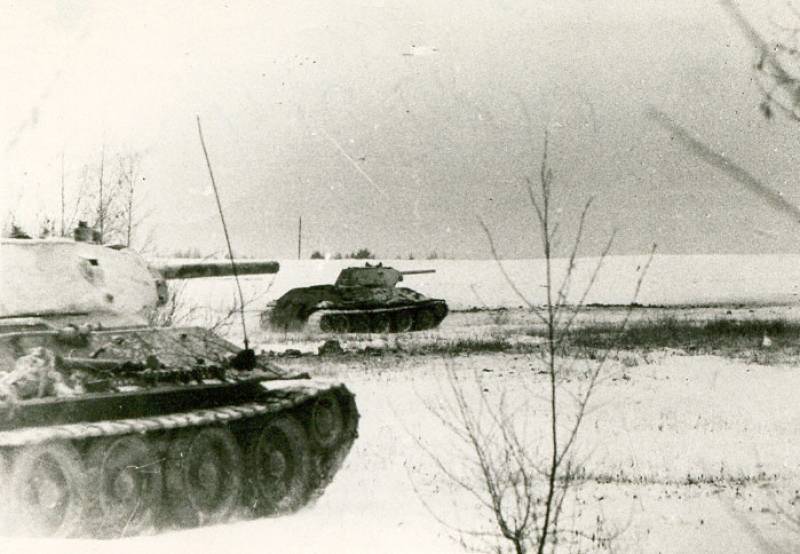
Second Wound and Peaceful Life
After treatment in the hospital, Captain Raftopullo returned to his unit, which was renamed the 1st Guards Tank Brigade during the battles near Orel and Mtsensk. In one of the battles on the Rzhevsky direction on February 21, 1942, Anatoly Raftopullo was again seriously wounded. After completing treatment in the hospital, the officer was given the rank of major and was appointed assistant chief of the combat training department of the armored forces of the headquarters of the Stalingrad Front.
The further service of an officer with rich combat experience and extensive experience in the military was associated with the training of new tankers and the transfer of their valuable knowledge, skills and abilities to them. The remaining period of the war, Raftopullo served as commander of the cadet battalion of the Ulyanovsk Guards Tank School, which he himself graduated many years ago. In total, during the period of participation in the battles of the Great Patriotic War, up to 20 enemy tanks and self-propelled guns were destroyed and destroyed by the tank crew of Anatoly Raftopullo, Mikhail Baryatinsky cites this figure in his book “Soviet Tank Aces”.
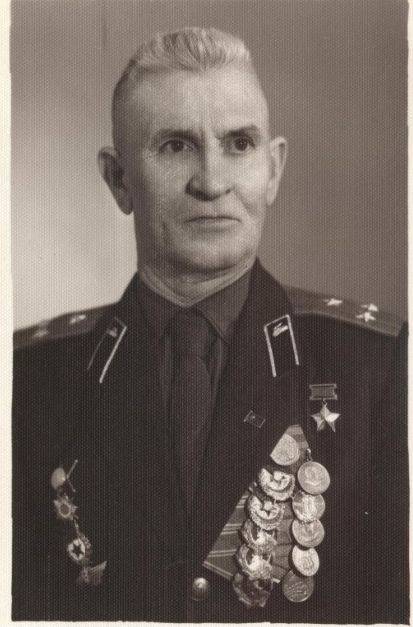
In 1945, when the battles of the Great Patriotic War had already died down, Anatoly Anatolyevich Raftopullo successfully completed his studies at the Higher Officer Armored School. He rose to the rank of colonel and in 1955 he retired, having worked for a long time at the Kiev Tank Technical School. After leaving the armed forces, he lived in Kiev, becoming an honorary citizen of the city of Mtsensk.
The famous Soviet tank commander passed away on April 21, 1985 at the age of 78, and was buried in the capital of Ukraine at the Lukyanovsky military cemetery.
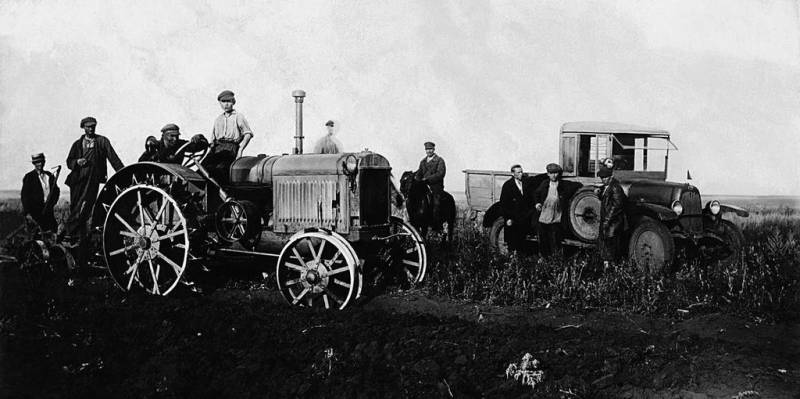
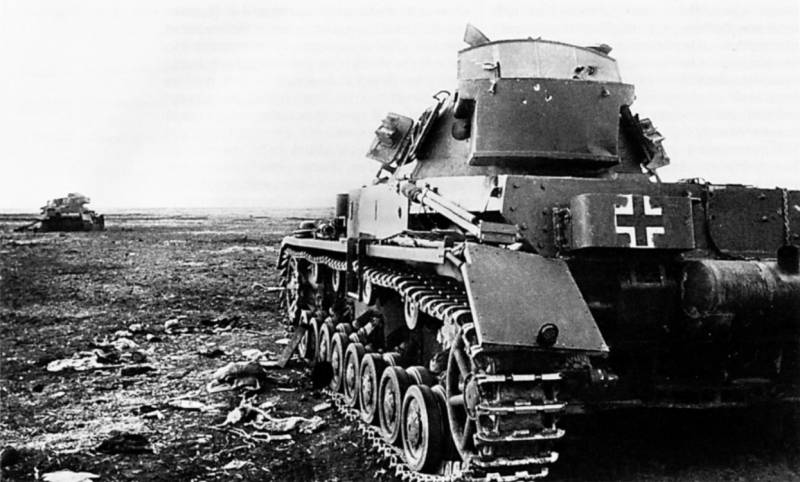
Information